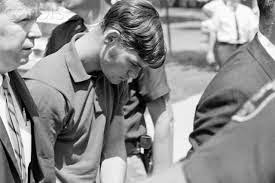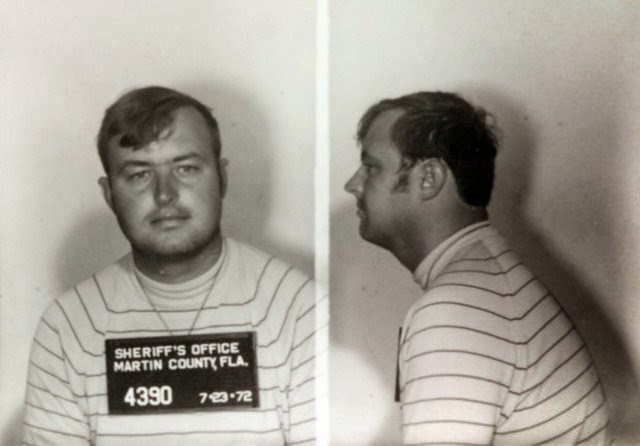In his classic work, The History of Murder, Colin Wilson gives three reasons for murder. The first is for economic gain. It could be a robbery or kidnapping incident that goes terribly wrong, or it could involve an insurance or inheritance scheme. Poisoning was popular in the nineteenth century before it became easily detected in the bloodstream in the early age of forensic chemistry. Poisoning was so common during the Victorian period that police dubbed arsenic “inheritance powder.”
 |
| "No one attacks me with impunity." |
The last major reason author Colin Wilson gives for people killing one another is sexual. A sexual predator may want to prevent later identification by a rape victim, may have a psychotic hatred of the opposite sex, or may have a psychological compulsion to rid the world of harlotry or some other perceived moral evil.
Sexual homicide falls in the FBI category of unexplained murder. This type of murder is most troubling for law enforcement because of its apparent random nature. When a series of unsolved murders occurs within a well-defined area, feelings of vulnerability, panic, and fear can grip a whole community. Intense press coverage often does little more than advertise the problem to the public and complicate the situation for police. Serial killers like to act out their cat-and-mouse games with the police and manipulate the public through the media coverage their crimes generate.
 |
| John Norman Collins' perp walk |
***
Psychologist Dr. Stephen Giannangelo believes that serial killers have a “lost sense of self and intimacy, inadequacy of identity, and feelings of no control.” It is thought that these killers’ minds create a mirrored reality where satisfying their sexual needs and sadistic thoughts is the only palpable reality. Stalking and the ensuing capture indicate that these killings are often premeditated and rehearsed events. What makes serial killers different than most other killers is they tend to be more intelligent and learn from their mistakes.
 |
| Dennis Rader in court |
Dennis Rader admitted to seven murders and said he was planning an eighth. He felt invisible and wanted to be noticed. He wasn’t content to torture and control a mere human being. He wanted to terrorize and manipulate a whole city. Such was his twisted ego. He was subsequently identified and captured. He boasted that he considered himself among the elite of serial killers--every bit the equal of H.H. Holmes, Jack the Ripper, and Ted Bundy.
 |
| Gerald Schaefer mug shots |
Despite some serial killers having above average intelligence, they become bold, compulsive, and arrogant. These are often narcissistic individuals who consider themselves gifted and smarter than everyone else--especially law enforcement. Each time serial killers get away with their crimes, they become more confident until they start making mistakes. Crime studies indicate that most serial killers willingly talk about their crimes once they are caught red-handed or when the police have irrefutable evidence against them.
One notable exception to this serial killer characteristic is John Norman Collins. He has never admitted culpability for any of his crimes or shown the slightest bit of remorse. Collins has maintained his innocence for decades--despite overwhelming evidence against him.








